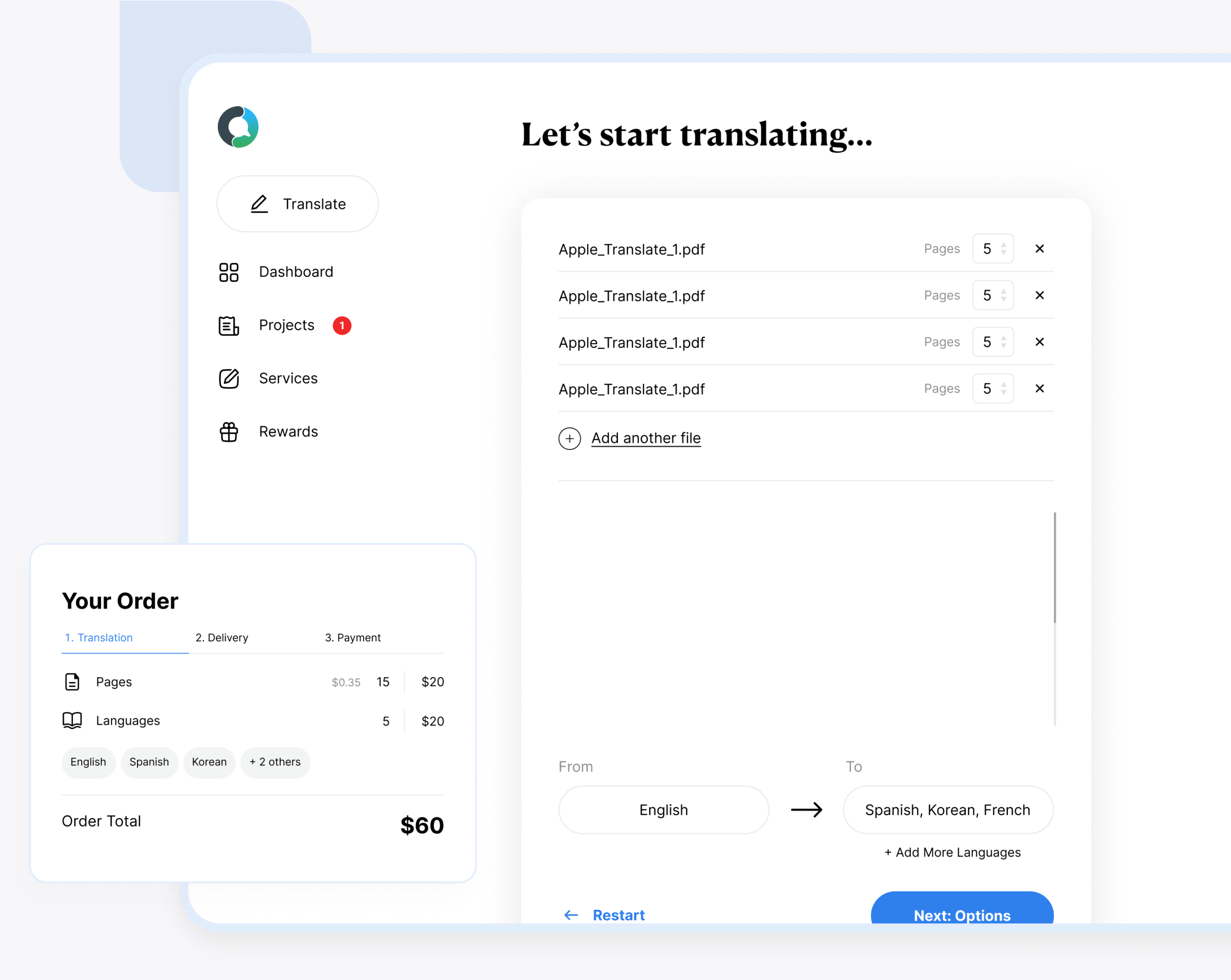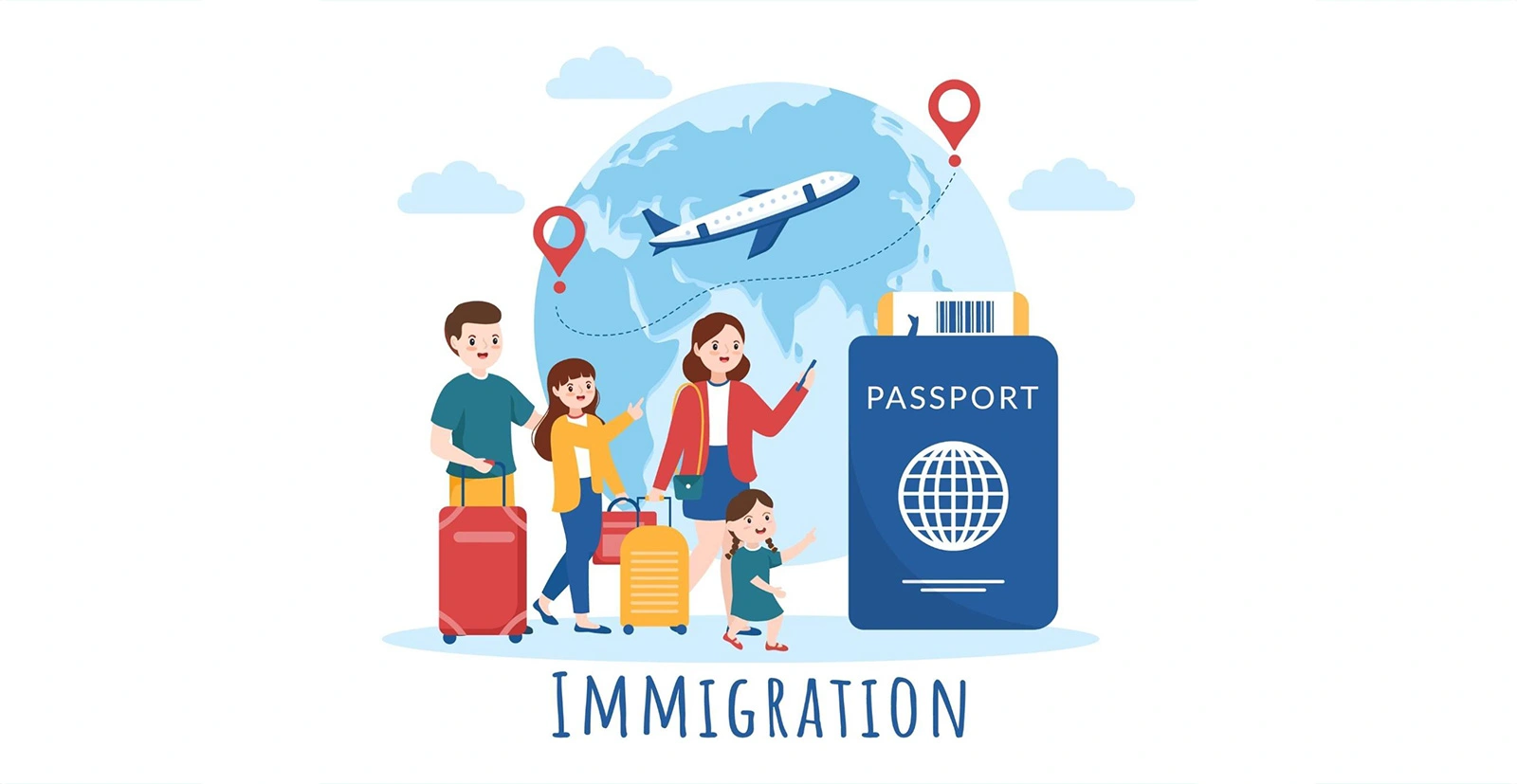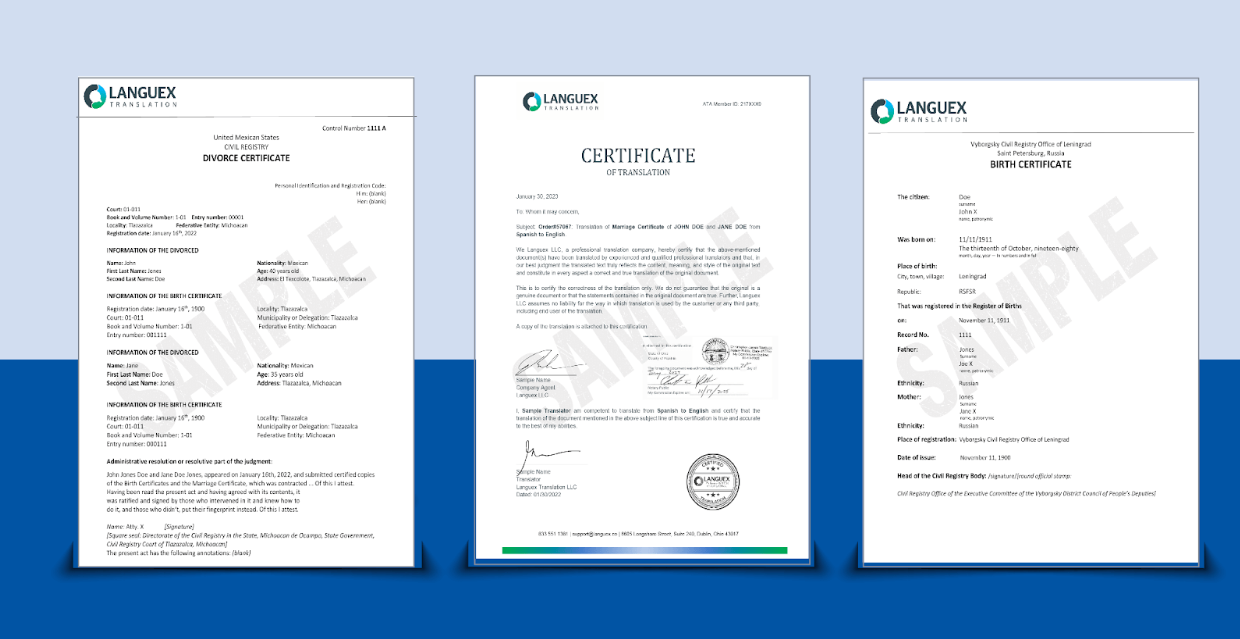Farsi, also known as Persian, is a profound language with deep historical roots that trace back to ancient Persia. A multitude of content types, ranging from marketing and business materials to legal contracts, academic works, news, and software, necessitate Persian translation, especially when targeting regions where Farsi is prevalent.
Farsi is spoken predominantly in Iran, Afghanistan, and Tajikistan, each with its own distinct variant. In Iran, it’s referred to as “Farsi”, in Afghanistan as “Dari”, and in Tajikistan as “Tajik”. These variants, while sharing a common historical root, have evolved differently over time due to regional influences, making the language rich and diverse. This diversity is reflected in literature, media, and daily communication, emphasizing the importance of understanding the specific nuances of each variant when translating.
Delivering high-quality Farsi or Persian text translation demands a comprehensive understanding of the language’s nuances:
Regional Variations – Farsi is spoken in diverse forms across Iran, Afghanistan (Dari), and Tajikistan (Tajik). Translators must be adept at adapting content to resonate with specific regional nuances and idioms.
Cultural Context – Farsi is deeply rooted in the rich histories, traditions, and customs of the Persian civilization. Effective translation necessitates a thorough understanding of cultural references, idioms, and local expressions to preserve meaning and resonance.
Complex Grammar Structures – Farsi grammar, with its unique verb forms and noun structures, can be distinct from English. Expert translators comprehend these unique structures, ensuring accurate representation of ideas.
Word Meanings – The significance of Farsi words and phrases can vary greatly depending on the context. Translators must analyze the full context to ensure that the translation is accurate and culturally relevant.







